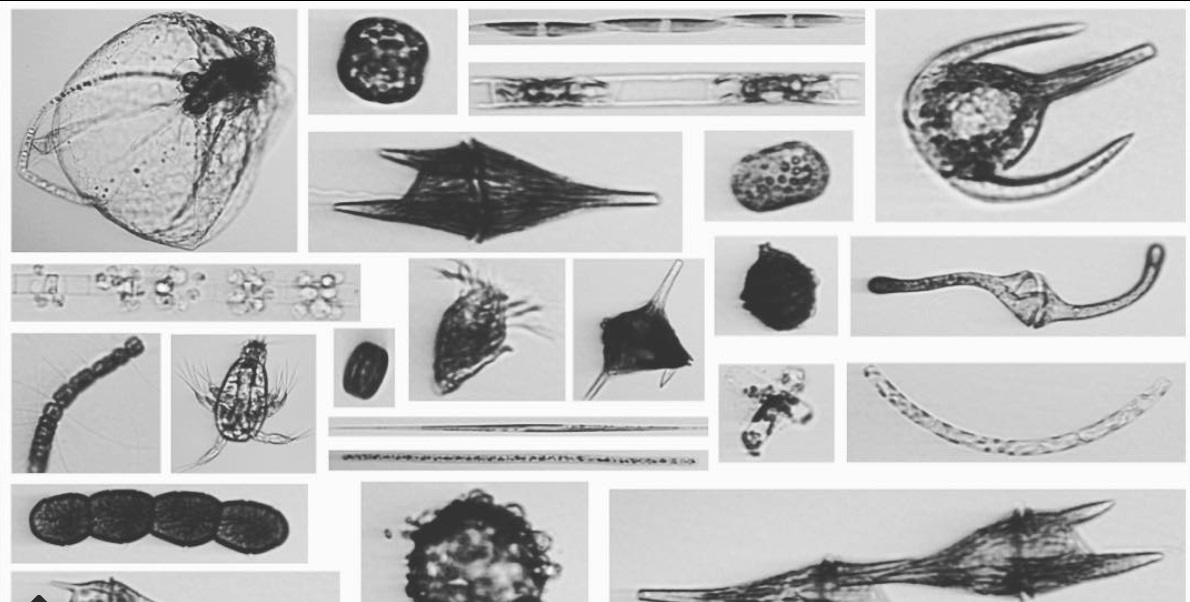Thomas Fire Ash Sampled in the Santa Barbara Channel
UCSB Grad Students Take the 'Sally Ride' on a Channel Cruise

Scientists have been cruising the Santa Barbara Channel for 21 years, observing the currents and plankton in a monthly “Plumes and Blooms” study that’s provided a bounty of oceanographic information. But only for daylight hours. A new study that was to roll 24 hours a day had been granted the newest scientific vessel for December 16 through 22. As the Thomas Fire billowed across the mountain tops, the graduate students leading the research realized the unprecedented potential, namely, to gather data on the effect of ash from fire on the ocean and its health.
The study is a first in many ways. It’s led by graduate students for one thing, Kelsey Bisson and Nick Huynh of UCSB’s Interdepartmental Graduate Program in Marine Science, with faculty and artists among the crew; it sailed aboard the research vessel Sally Ride, the newest and hardest-to-get ship in the Scripps Institution of Oceanography fleet — and the first to be named after a woman; and it quickly received a rapid grant from the National Science Foundation for the wildfire ash study.
Bisson, Huynh, and the other 20 researchers and faculty members will be busy for months processing their ash samples and writing up their findings on the nocturnal and diurnal habits of the plankton that flowed through their instruments. Of particular interest was the night-time activity of zooplankton, tiny sea creatures. “Zooplankton are able to move vertically,” Bisson explained, beating their way noisily up and down the water column. “Up top they can be eaten, so they only go up when it’s dark.” Normally a quiet month for phytoplankton and smaller life, Bisson said there was a crazy diversity this December “and a lot of really cool fish we weren’t expecting to see,” possibly due to the Santa Ana winds that caused more upwelling from the deeps than usual and also pushed the Thomas Fire toward Montecito.
Nabbing the Sally Ride as their research vessel was a coup for a number of reasons. Not only did it have the highest quality technical equipment on board, it was big, tough, and new, not rusty, which gave a much greater chance for uncontaminated samples, Bisson said. One great item was the Imaging Flow Cytobot, which allowed them to see and identify plankton on-the-spot using lasers and high-resolution video. Grad student Ellie Arrington, a microbial oceanographer with UCSB’s Earth Science department, had been collecting ash since the start of fire. As the ship set out on January 16, the researchers were able to view ash in the waters through the Cytobot as well as at the varying ocean depths they sampled.
One outcome of the monthly Plumes and Blooms sample collection has been the colorful satellite images that identify amounts of chlorophyll in the water, or the presence of phytoplankton (algae and cyano-bacteria). The lengthy dataset those studies developed helped to calibrate the satellite images. Phytoplankton had been found to bloom with ash exposure in experimental tanks, and the ocean water during Thomas showed similar blooms of bioluminescent algae, Bisson said.
Other effects of the ash they expect to find once the lab analyses are complete are the chemical stamps from burned structures, such as asbestos. Overall, the dataset will show “the potential effects of wildfire ash deposition on the coastal California ecosystem,” said Huynh. As far as he knew, no mid-Channel sampling was being done for contaminants from the mud being dumped.
Young scientists themselves, one of the more unique teaching opportunities Huynh and Bisson organized was to ask elementary, middle, and high school teachers and students to send questions so they could share their science adventure. They received more than 400 postcards, and the artists, musician, and videographer on board created video and Instagram answers.
“We wanted to communicate in ways that were not the traditional science journal,” Bisson said, “to increase the understanding that science is not in an ivory tower. The Sally Ride and the fancy equipment we got to use? It was a good gig for sure!”
Editor’s Note: This story was corrected on February 13: the Sally Ride cruise took place in December, not January.



